Going against health orders, the Minneapolis Board of Education voted to reopen public schools
On Oct. 21, 1918, going against health orders, the Minneapolis Board of Education voted to reopen public schools,…
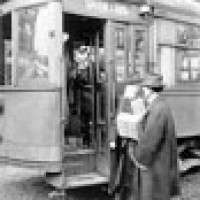
On Oct. 21, 1918, going against health orders, the Minneapolis Board of Education voted to reopen public schools,…
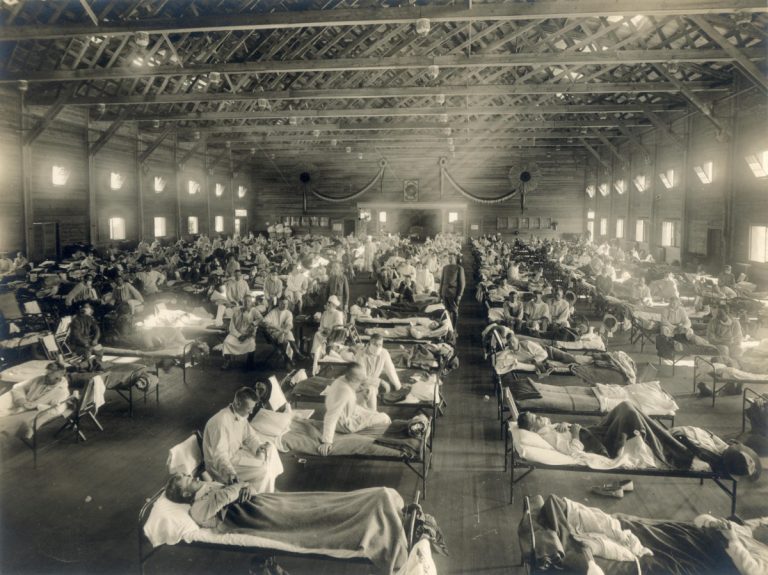
On Oct. 21, 1918, Cleveland reached a milestone of 1000 reported influenza cases last Cleveland hospitals. Within just…
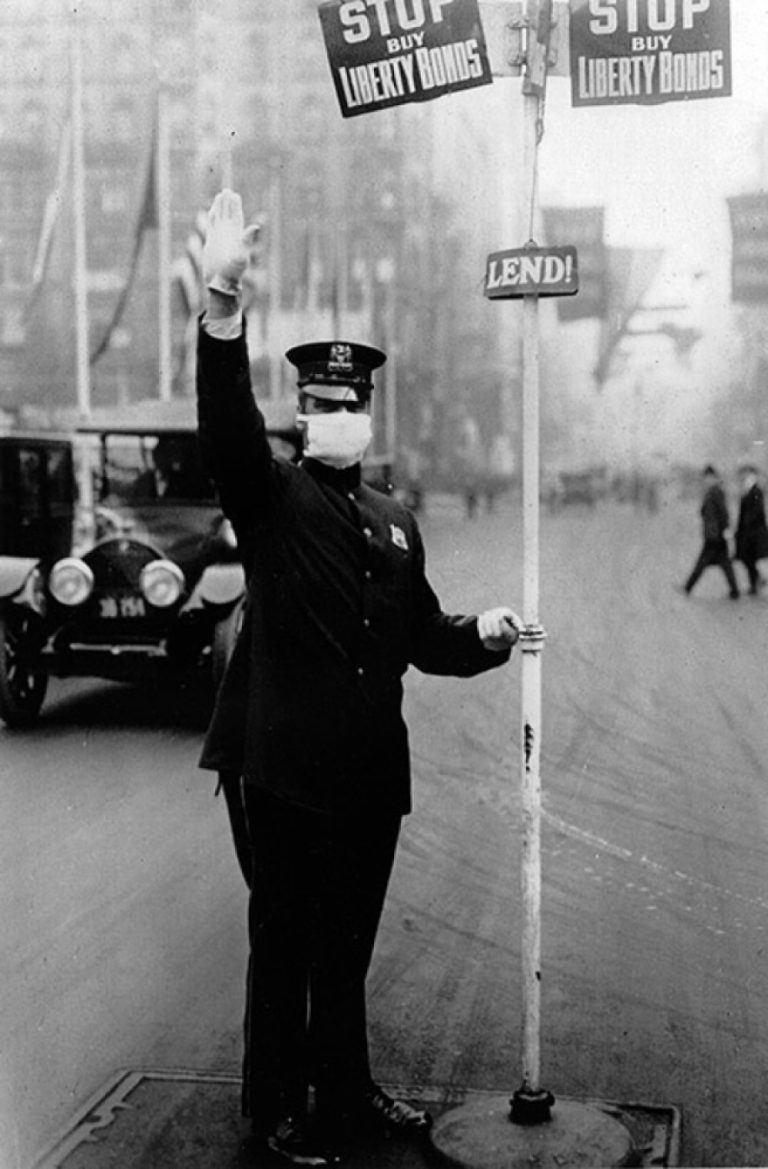
On Oct. 20, 1918, Health Commissioner Dr. Max C. Starkloff ordered a restriction of St. Louis business hours,…
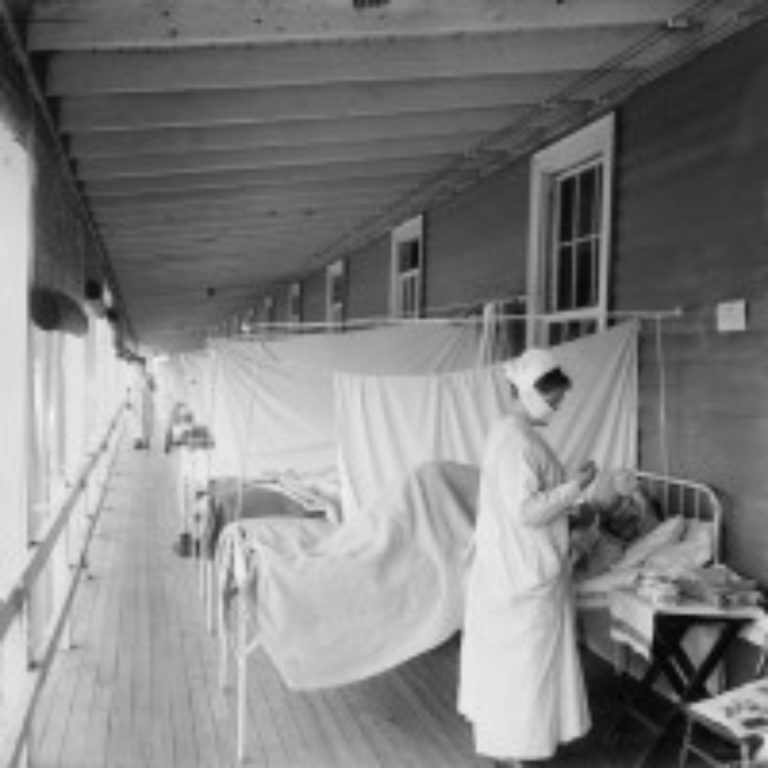
By Oct. 19, 1918, the epidemic continued to grow worse with 4,875 new cases of influenza reported in…
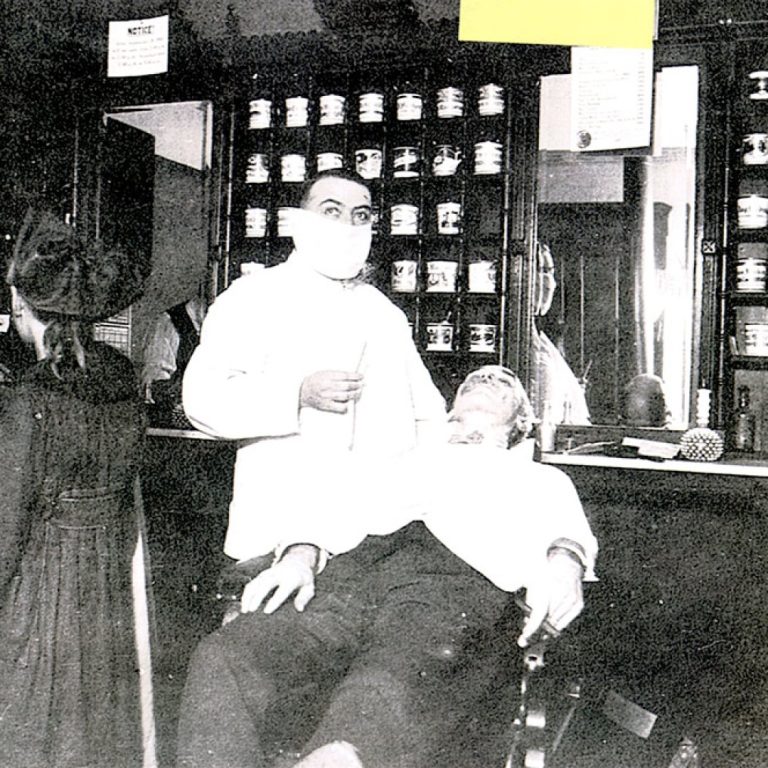
On Oct. 19, 1918, it was reported that over 3,500 Bostonians had died from influenza or pneumonia since…
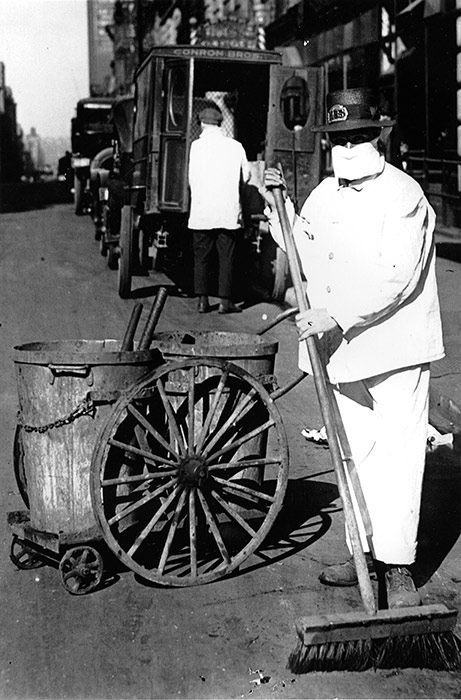
On Oct. 19, 1918, the number of influenza cases in Minneapolis had reached about 3,000. When the Retailer’s…
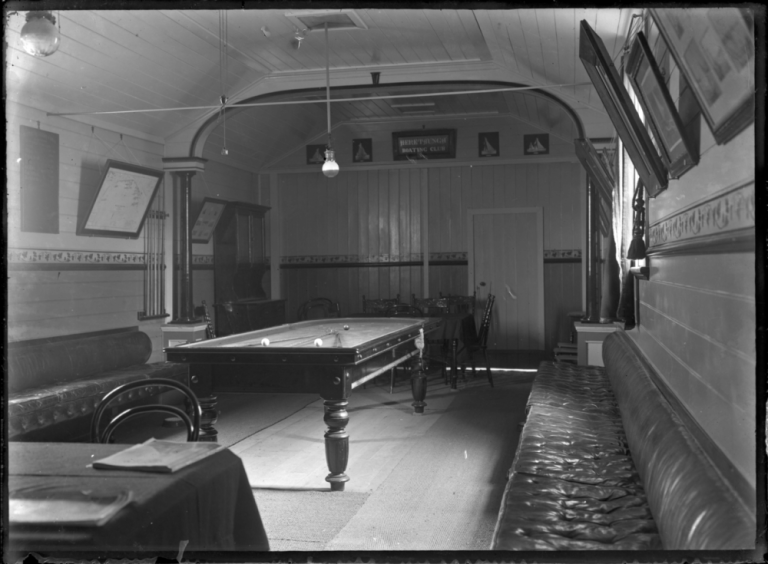
On Oct. 18, 1918, Birmingham recorded its highest influenza death toll in a day, and the city voted…
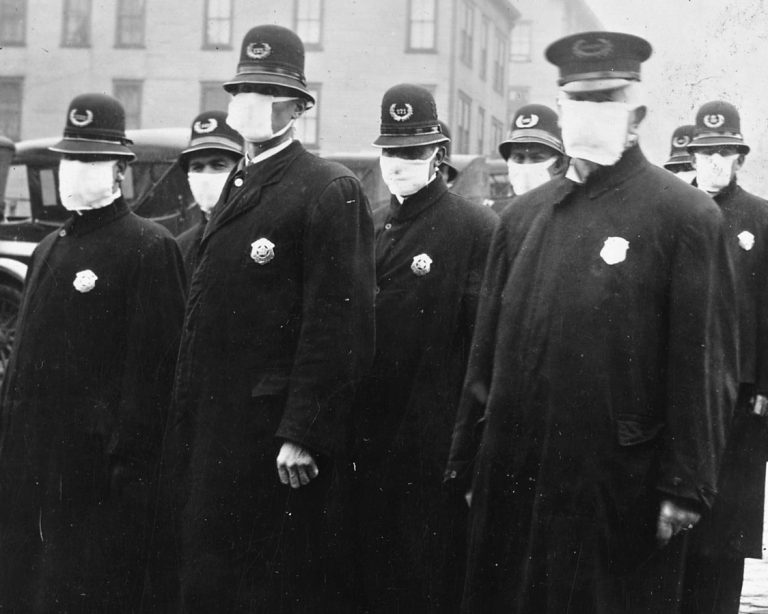
On Oct. 18, 1918, the Kentucky Board of Health ordered all saloons and soft drink stands to operate…
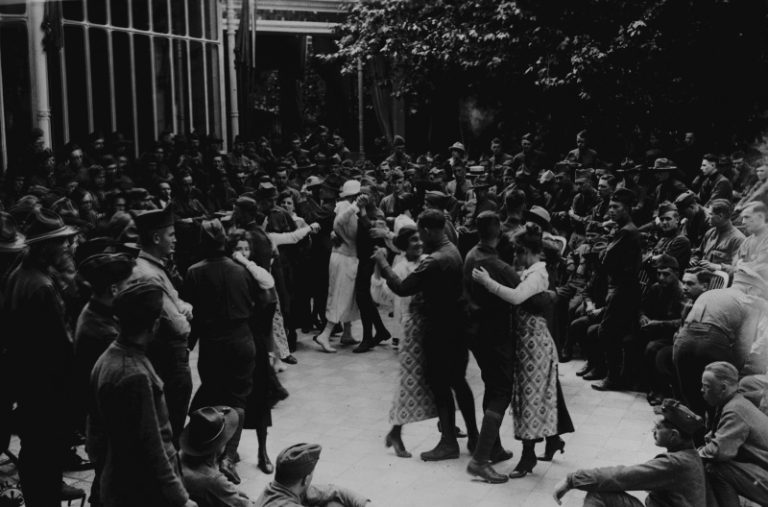
On Oct. 18, 1918, despite the wishes of Detroit officials, Michigan’s Governor Albert Edson Sleeper and the state…
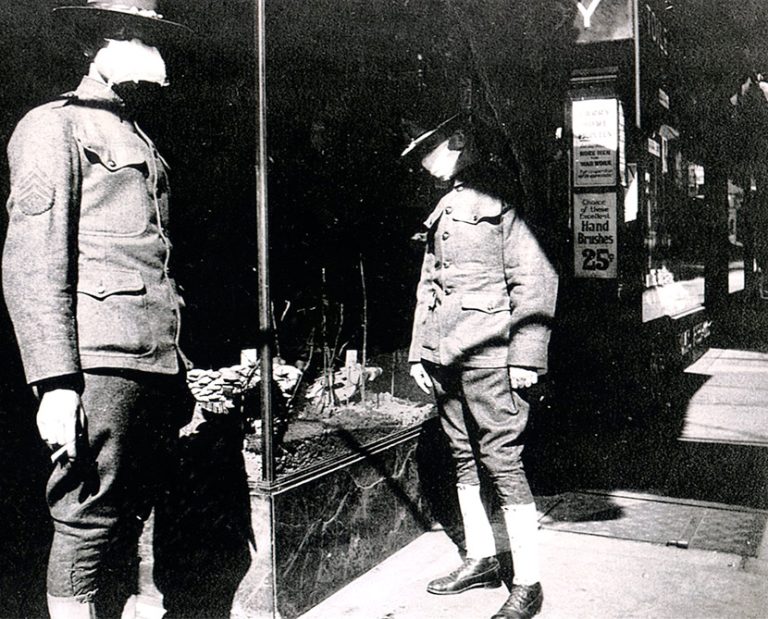
On Oct. 17, 1918, Detroit Health Commissioner James Inches prohibited soldiers and sailors from entering Detroit, to try…

On Oct. 17, 1918, Kansas City Mayor Cowgill, after recognizing the earlier closure was premature, ordered a second…
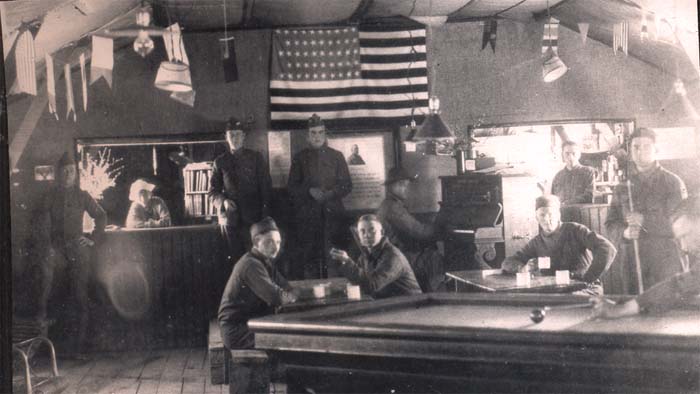
On Oct. 16, 1918, the Illinois Influenza Advisory Commission decided to ban all non-essential public gatherings. State Health…

On Oct. 16, 1918, Fort Douglas, just outside Salt Lake City, was ordered completely quarantined.

On Oct. 15, 1918, Chicago’s Advisory Commission ordered all theaters, movie houses, and night schools to close, as…

By Oct. 15, 1918, over 3,500 Bostonians had died from influenza or resulting pneumonia since the epidemic began….
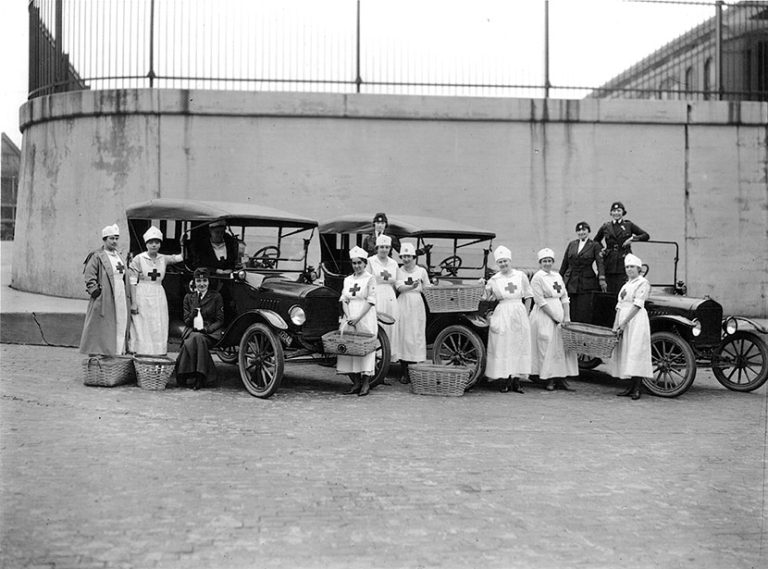
On Oct. 15, 1918, another 800 influenza cases were added to the rolls, the highest number to-date. The…
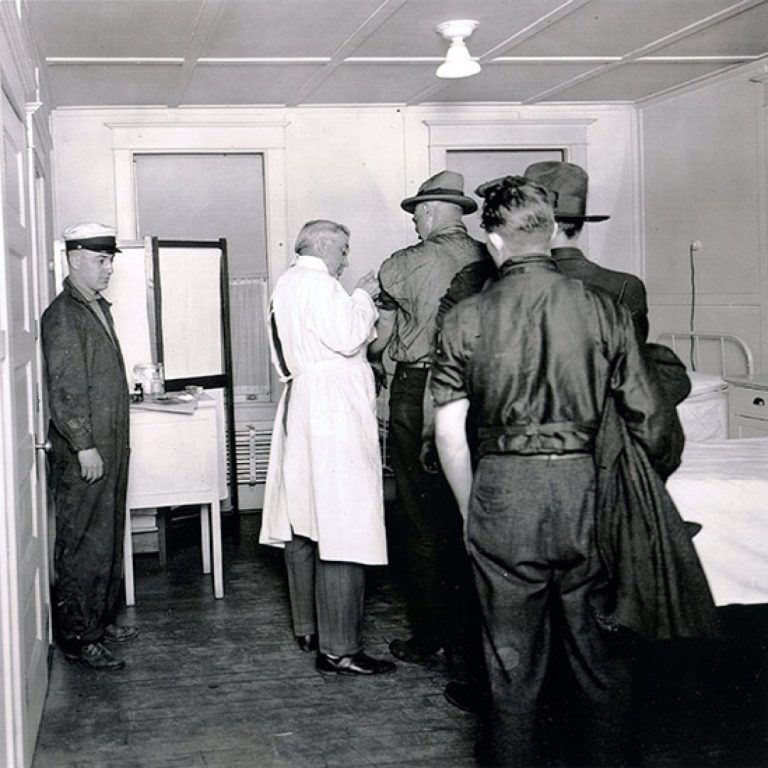
By Oct. 15, 1918, the number of St. Louis influenza cases had reached over 3,000, leading to hospital…

On Oct. 15, 1918, after Health Officer Dr. William H. Peters fell ill with influenza, Dr. Oscar Craven…
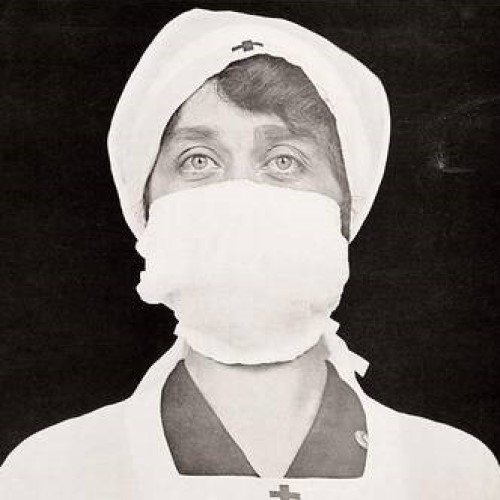
On Oct. 15, 1918, children were to report to their classrooms as usual in the morning, where attendance…

On Oct. 14, 1918, Kansas City’s influenza closure order and gathering ban were lifted, and schools directed to…

By Oct. 14, 1918, Cincinnati influenza case and fatality reports demonstrated the highest death rate since the epidemic…
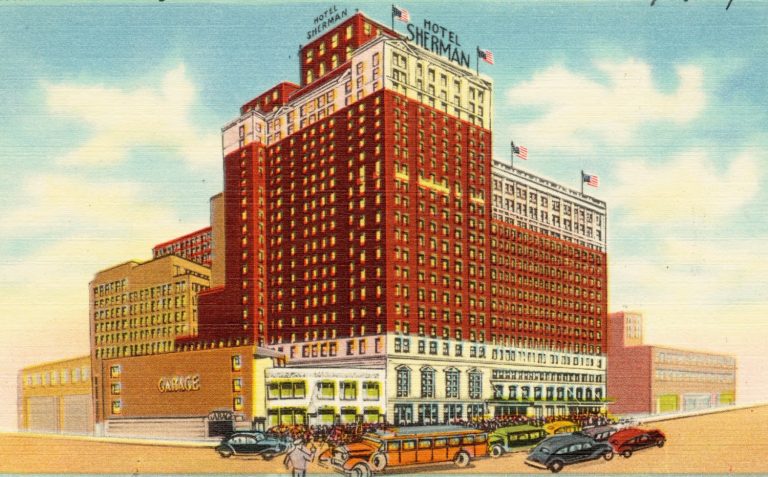
On Oct. 14, 1918, the Illinois Influenza Advisory Commission invited representatives from professional organizations, the Red Cross, clubs…

On Oct. 12, 1918, Chicago’s Influenza Health Commissioner Dr. John Dill Robertson requested from the Chief of Police…
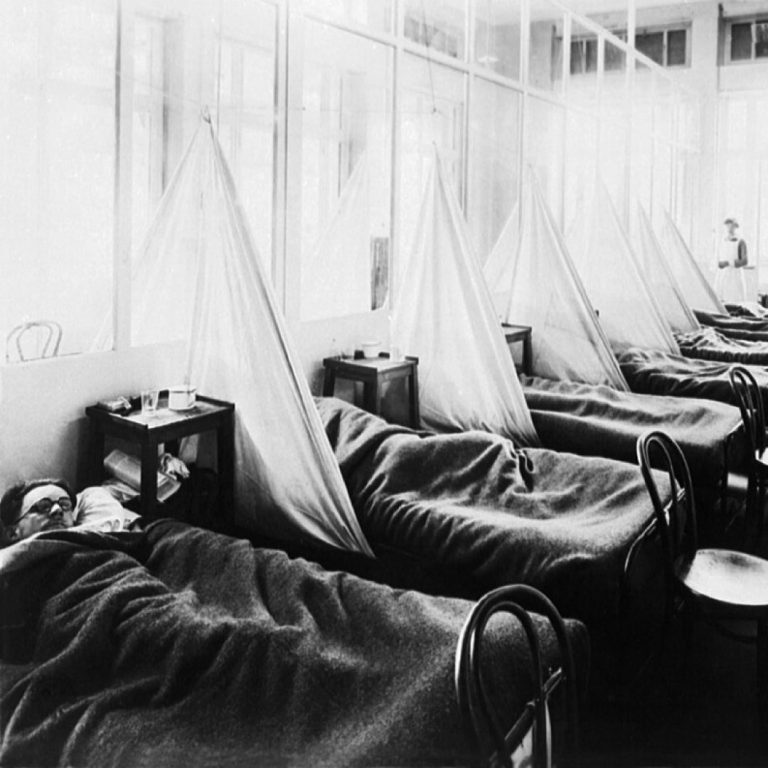
By Oct. 12, 1918, the Kentucky health department reported 2,300 cases of influenza, prompting volunteers to provide automobiles…
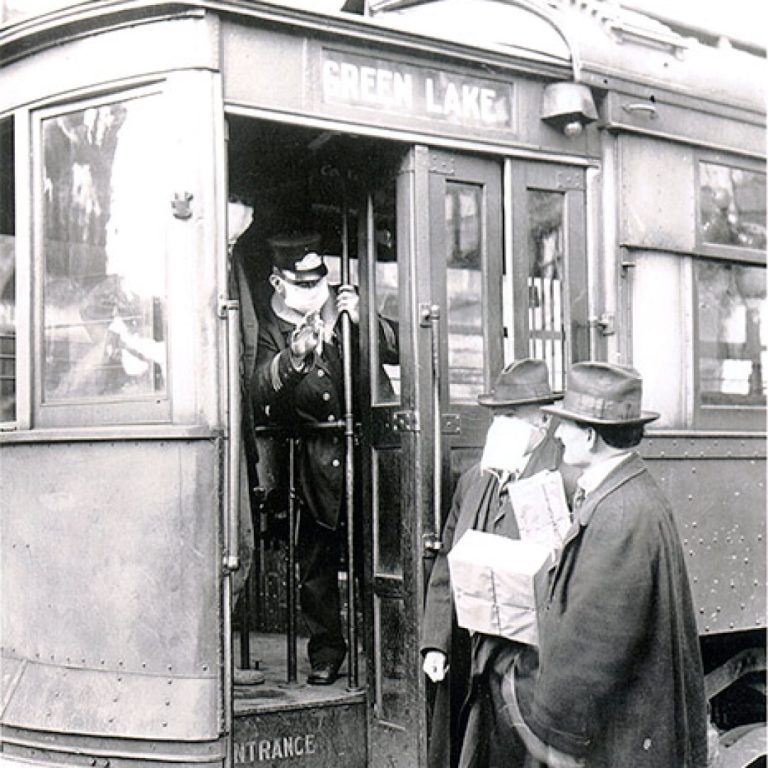
On Oct. 12, 1918, New Orleans transit officials restricted passenger counts on streetcars to address social distancing in…
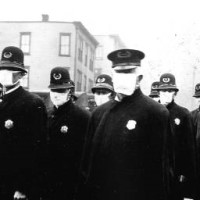
On Oct. 12, 1918, Baltimore Health Commissioner Dr. John Blake ordered dentist to wear masks while with patients…

On Oct. 12, 1918, New York’s health officers created an Emergency Advisory Committee for assistance with the influenza…
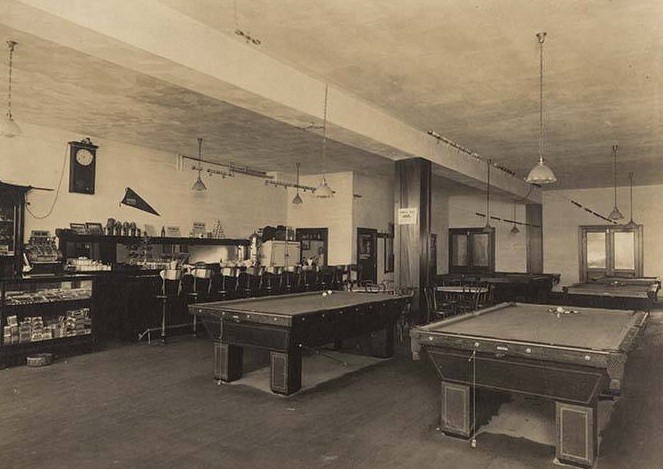
On Oct. 12, 1918, Dallas Mayor Lawther ordered all public and private schools, churches, and other public gatherings…
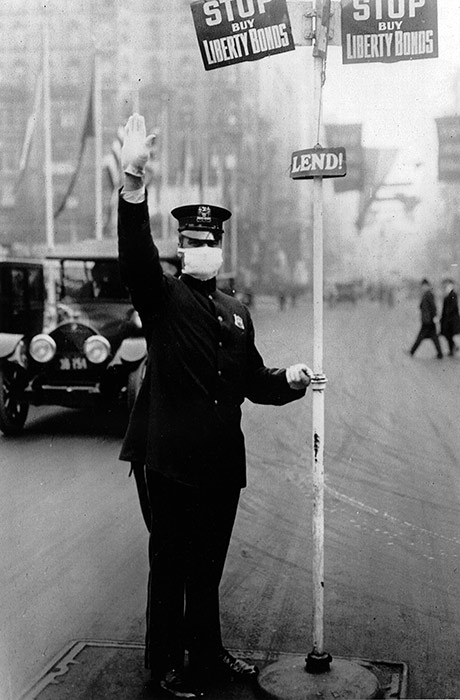
On Oct. 11, 1918, Los Angeles Mayor Frederick T. Woodman declared a state of public emergency due to…
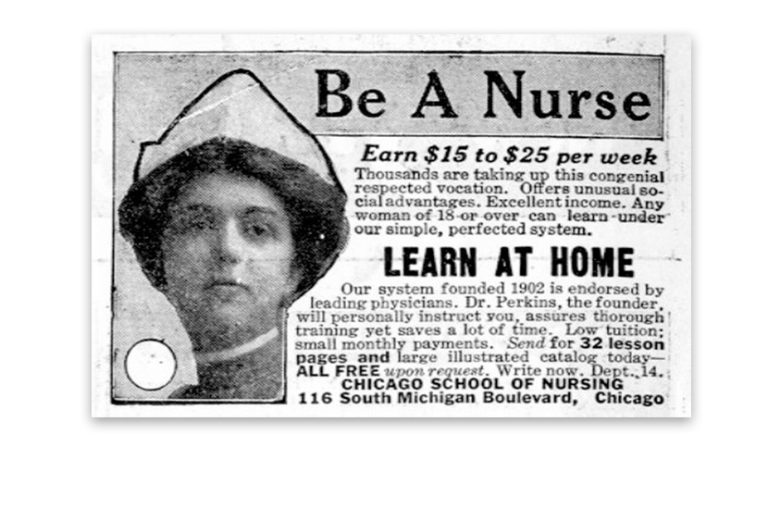
On Oct. 11, 1918, the Chicago chapter of the American Red Cross put out a call for volunteers…